The upper segment of the manhole is to be placed on the lower segment. The joint is not to transfer any tensile forces. The dowels should allow for a certain slippage and also be able to transfer occurring shear forces.
For the representation of the joint, we choose the surface type with the "Without Tension" stiffness. Here, we have to keep in mind that the surfaces can transfer moments. For diaphragm forces that induce tension, the affected surface elements fail. To prevent this, we add a line release to a segment along the joint.
The shear force dowels were modeled as round bars with the "Beam" member type. To transfer only the shear force, we added the "Slippage" member nonlinearity. Thus, no axial force is transferred via the members as long as the defined slip is not reached. Furthermore, we specify line releases at the lines at which the shear dowels were defined in order not to induce unintended moment resistance.
The result of this model is that the shear forces occurring are transferred partly via the joint and partly via shear dowels. There are no axial forces in the shear dowels (see the image: Max/Min N: Failure). The moments in the dowels are also 0.

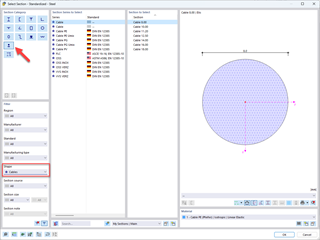
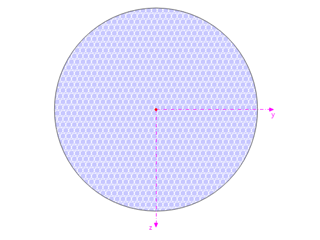











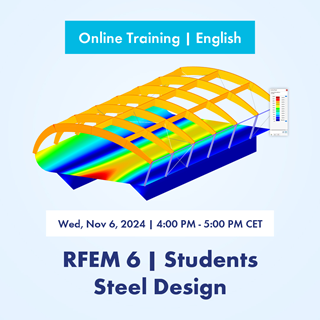
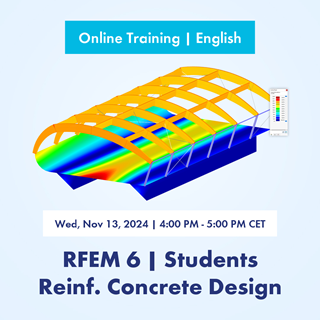
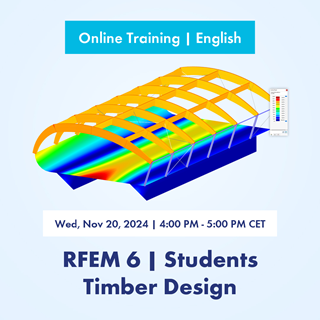





















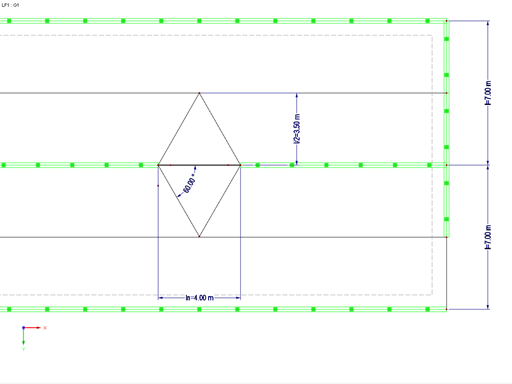




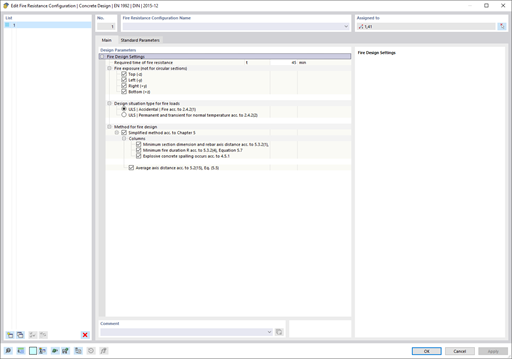
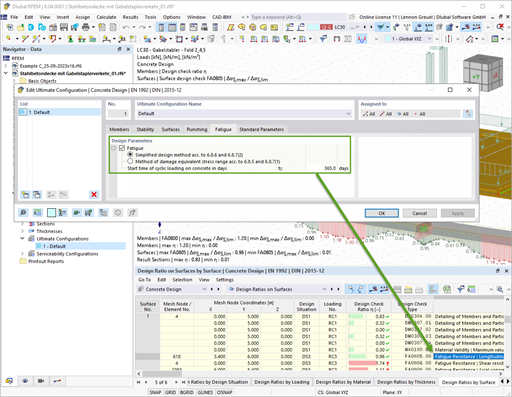
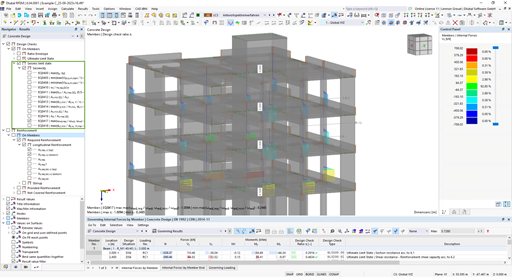

























.png?mw=600&hash=49b6a289915d28aa461360f7308b092631b1446e)


